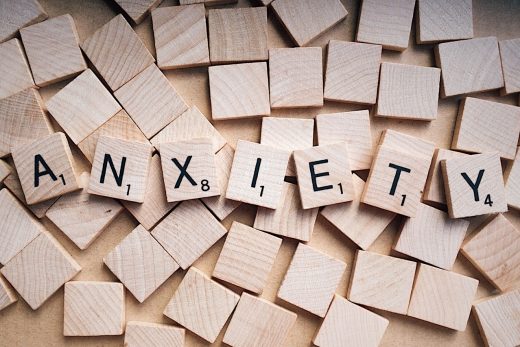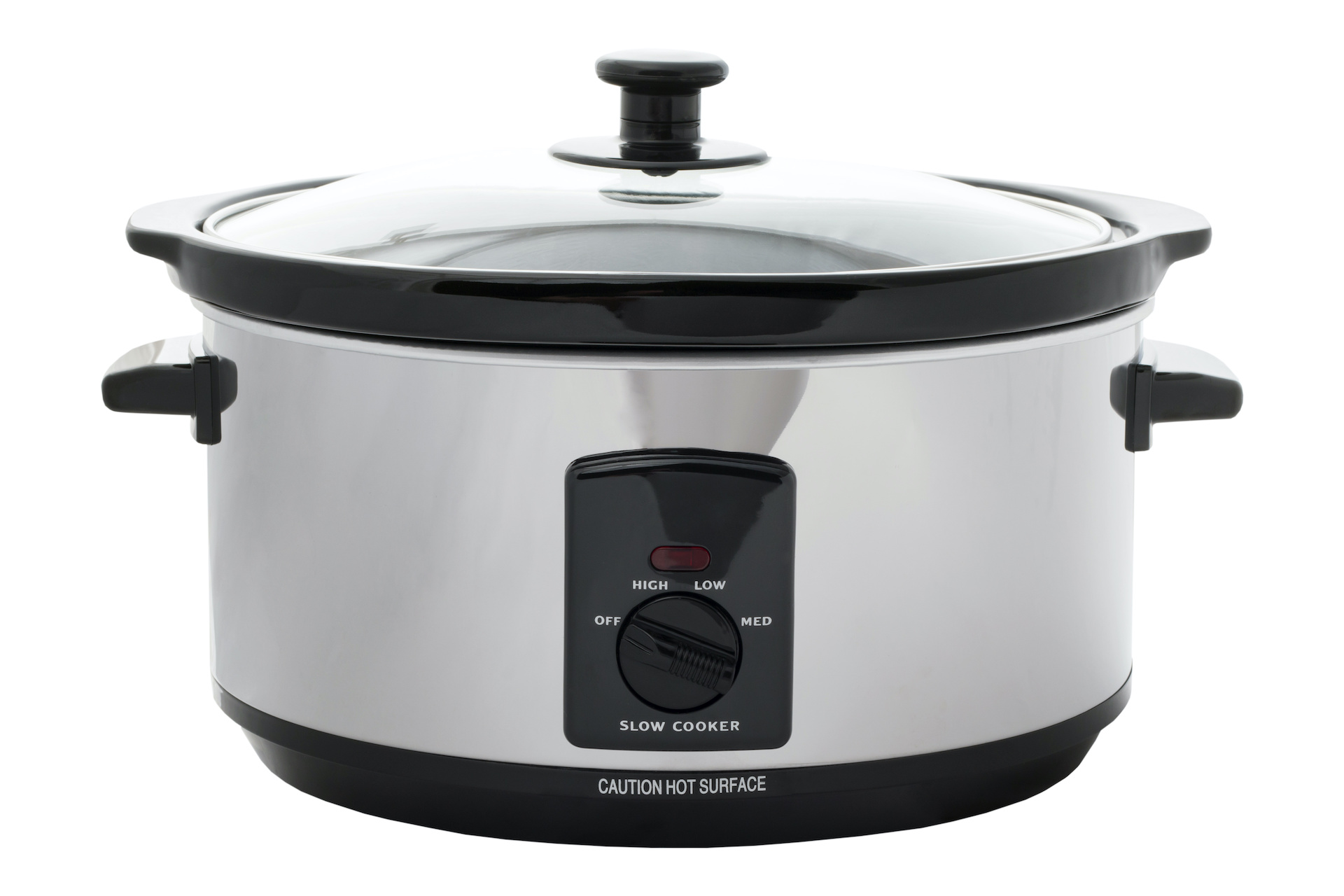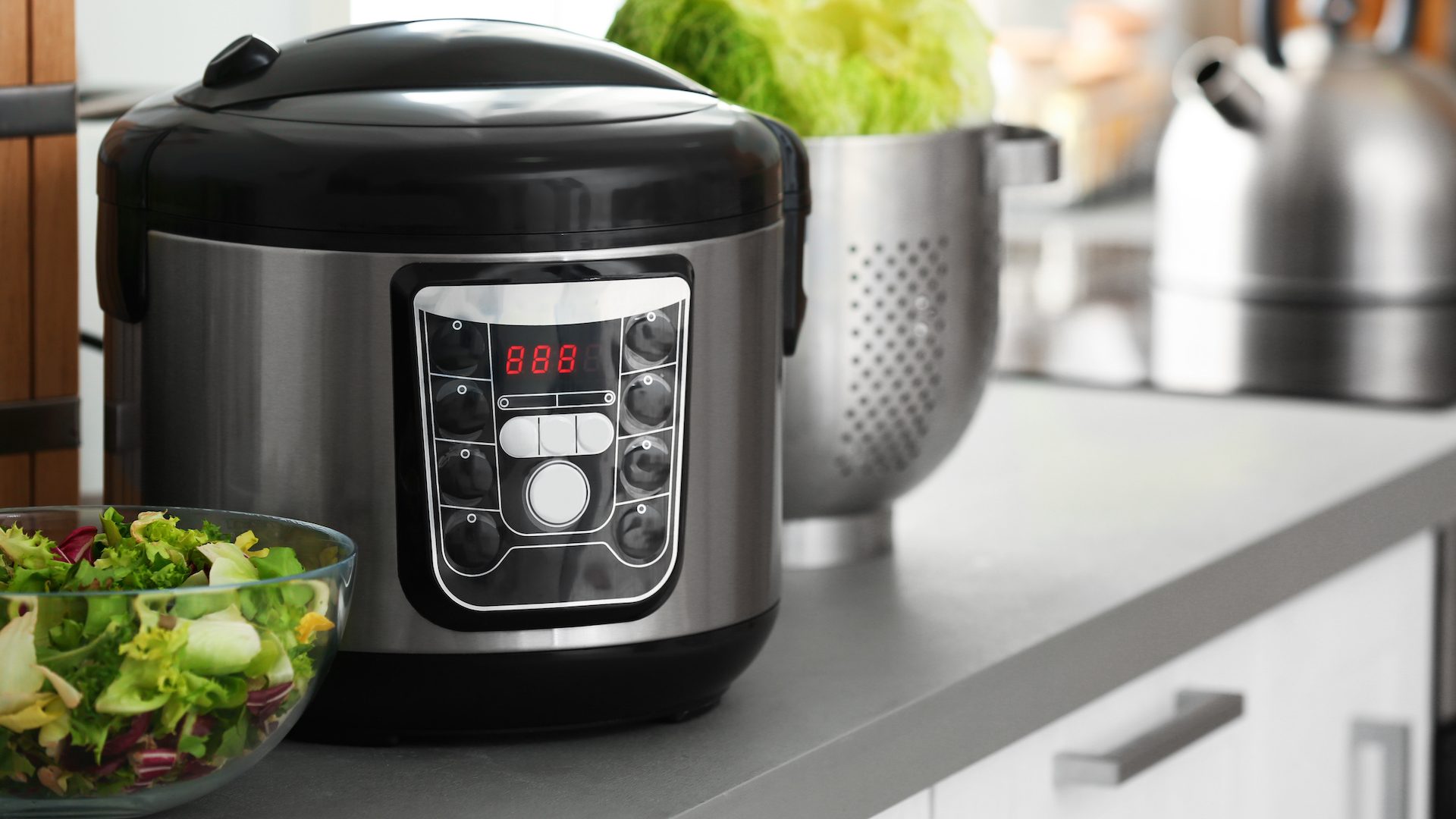Table of Contents
Why are water filters very important?
Water is an essential part of the human body. Our bodies are 60 to 70 percent water that can support blood circulation in our bodies. Tap water contains many heavy metal elements, as well as bacteria and viruses.
Every year, many people die around the world as a result of these pollutants. If you don’t use water treatment equipment such as softening or descaling equipment, our kidneys serve as filters. That’s why water filters are important in our lives.
How much does a filter machine cost for water?
Water purification plants are available in all price categories – from inexpensive filters for domestic or travel use, which cost only a few dollars, to professional purification plants, for which you have to pay a three-digit price.
Where can I buy a water filter?
Water filters can be bought both in supermarkets and in many department stores, but it is most convenient to buy them on the Internet, e.g. on the amazon website. The online market is also a good choice. On the one hand you can save time, on the other hand you can choose from a larger number of products.
In the following article, we explain the benefits of using a water filter. Many people already use filters for their homes, but are you sure you are using the right one? Read our comprehensive buying guide to discover the different technologies used to filter water, and how to choose the best water filter for your home.
- How to find the best filter for your home?
- How do you decide which water filter to buy?
- Types of filters and technologies
- Mounting options
- Maintenance
- Summary
How to find the best filter for your home?
As you can see, there are several options when it comes to water filters. Each of them can remove contaminants from the water, but most are good at removing a certain category of contaminants while they are not very good or sometimes even inefficient at removing others.
If you want to find out which is the best water filter for your home. First, you must test the quality of the water. Here’s a quick guide on how to do it.
Using a test kit
When we say water quality, we mean the concentration of pollutants in the water. Water quality is also influenced by its pH, so you should find out as well. Chlorine helps disinfect water, but it changes its taste. Hard water can lead to scale build-up, pesticides and nitrates are dangerous to health and very harmful to children. Acidic water tastes bad and can also accelerate the corrosion of pipes and fittings.
Sensory Determination
You can learn a lot about water quality just by using your senses. Even professional water engineers will smell, taste and visually examine water before reaching a verdict. However, this test method is not as accurate as of the test kit, but it can provide valuable information.
The odor of the water is very important, as separate odors may indicate different contamination. If the water has a bleach odor, then the local water treatment facility should use chlorine to disinfect the water. The odor can dissipate if the water is exposed to the air and, if the water smells of rotten eggs, it means that bacteria have grown somewhere on the way to the faucet.
Fill a glass of water and move it to another part of the house. Wait a few minutes and smell the glass again. If the water no longer smells of sulfur, it must have come out of the drain. This means you must clean the drain. If both hot and cold water smell like rotten eggs and the water keeps it perfumed even in a different room, that means that contamination occurs somewhere in the municipal pipes. As with a rotten egg smell, you should fill a glass with water and take it to another room to make sure the smell does not come out of the drain. This smell is usually annoying, but harmless.
Using taste
The most important thing to keep in mind when tasting water is that you should not swallow it if it has an unpleasant taste. If the water has a metallic taste, it can mean an excess of minerals or a low pH level. If the water has a strong bleach taste, it means it was treated with chlorine or if it tastes salty, it could indicate the presence of chlorine sulfates or ions. These compounds may indicate industrial drainage or irrigation.
Using Your Sight
Fill a glass with water and hold it in the light. Look for floating particles or turbidity. Red, brown or orange particles can be caused by the rust in your pipes or fittings. Black particles can be caused by hoses running through water. Chlorine can deteriorate hoses over time, making them brittle, while white and white particles indicate a high level of hardness.
Hardness is usually determined by an excess of magnesium carbonate or calcium carbonate in the water, but you should also use your eyesight to examine the color of the water, let the water run for a few minutes to allow the potential buildup to pass into the fittings and then fill a glass of water. Hold the glass to the light. If the water is brown or cloudy, or if it is discolored, it is a sign of contamination.
This pollution can be caused by rusty pipes, upstream pollution or any other cause, but you can also use your eyesight to determine if your pipes and fittings are working well. If there is a large build-up of minerals or corrosion in the pipes, it can enter the water source, contaminating it. If the pipes are above ground, you should first look for leaks. Also, look for areas with blue or white sediments.
If you can’t look at the pipes, take a look at the toilet. Check for rust or blue spots. White or blue stains, along with rust, indicate an accumulation that can lead to water pollution. Clean pipes or replace them if necessary.
How do you decide which water filter to buy?
As you have seen in the previous sections, certain filtration systems are very good at removing some contaminants and inefficient at removing others. Depending on the results of the water tests, what you want to achieve and your available budget, you will have more or fewer options to choose from.
Calcium deposits
You can use multiple filters if you have calcium deposits and want to remove them. This can be accomplished with a low budget or expensive filters.
| Low budget | Medium budget | High budget |
| The ion exchange filter will remove magnesium and calcium from the water and replace them with the sodium particles trapped in your beads. This will solve your calcium problem, but it will also make your water slightly salty. However, these filters are usually inexpensive, have a low maintenance cost, and are efficient at softening water. | The electronic water softener. These small appliances don’t even touch the water. They are installed in the water feed pipe and provide a salt-free way of softening the water. One of the advantages of using this type of device is that it does not alter the TDS, so you will still benefit from the good minerals in the water. | The integral filtration system. Unlike previous models, this system is large enough and powerful enough to remove the minerals that harden the water, producing enough soft water for the whole house. Not only will the treated water not leave calcium, but it will also make your skin and hair look better after you shower. |
| CHECK PRICE >> | CHECK PRICE >> | CHECK PRICE >> |
Bad taste or odor
There are several solutions available to eliminate bad tastes or odors from the water. Depending on your budget, you can choose from the following systems.
| Low budget | Medium budget | High Budget |
| The activated carbon filter. This is one of the filtration methods our ancestors used, but it has been refined and improved over the centuries. Active carbon filters come in different sizes and capacities. If your main concern is the elimination of bad smells or tastes, these types of filters are a good and inexpensive solution to your problem. | Ozone water filters. These filters are capable of removing most contaminants from your water source, and will also remove any unpleasant odors. Depending on the filter and the amount of ozone used, the water may have a slight ozone smell and taste. | Reverse Osmosis Systems. These systems are some of the best water filtration systems available on the market. They use more filters to purify the water, resulting in odorless, tasteless water. |
| CHECK PRICE >> | CHECK PRICE >> | CHECK PRICE >> |
High levels of bacteria
If you noticed that the levels of bacteria in the water are high after examining it, you should install a filter capable of killing them. There are several viable solutions, depending on your budget.
| Low budget | Medium budget | High budget |
| Water Distiller. These filters boil the water and then capture the condensed steam in another container. Most of the bacteria in the water will be destroyed as the water reaches high temperatures, so this is an efficient way to get rid of them. | UV filters. These filters are specially designed to kill viruses and bacteria. They are usually small and easy to install, but they will need an electrical source to work. The use of these filters will ensure that bacterial levels decrease or even disappear, depending on your water source. | Reverse osmosis filters with ultraviolet light. These filters first remove most contaminants using mechanical filters, then use chemical filters and after passing through a semi-permeable membrane, the water also reaches a UV filter. This is a thorough filtration process. The water produced by this process is of superior quality. |
| CHECK PRICE >> | CHECK PRICE >> | CHECK PRICE >> |
Size
By now you know how pure or polluted your water is, why you want to buy a water filter, and which filters are good for certain situations. Now all that’s left is to find out how much storage space you want to sacrifice for a water filter and where you want to install it. Depending on their size, water filters can be.
| Small | Medium | Large |
| These filters generally take up little space and do not interfere with your regular activities. | These filters will take up some storage space, and you should be aware of this before you buy them. You may have to move some things from one place to another just to clear enough space to fit. | These filters will take up a lot of space, so you’ll have to make room for them. Some of them are so big that you’ll have to install them in a shed or basement. |
Now you have most of the information you need to make an informed decision. However, there are still some things you should know before buying a water filter for your home or workplace. It so happens that most of the time, people don’t have just one complaint about their water. That’s why it’s very important to learn the basics of how water filters work, so you can fully understand if a certain system is a right solution for you, or if it’s not.
Types of filters and technologies
Okay, this may seem like the kind of title you normally find on a technical website, but believe us, we’ll just explain what you really need to know. Most of the time, water filter distributors talk about some technical aspects that they barely understand. This won’t be the case. In this section, we’ll give you a brief description of each water filter, and review its advantages and disadvantages so you can make an informed decision when buying a unit.
Activated carbon
Activated carbon filters are effective in removing sediment, chlorine and volatile organic compounds. They also eliminate foreign tastes and smells. These filters are not very effective at removing dissolved salts, minerals, and inorganic compounds.
There are two types of carbon filters used to filter water. The block dust and activated granular filters. Generally, carbon block filters are more effective because they offer a larger adsorption surface. Many of them also have additional layers between the carbon, for better filtration. Some will have silver layers that block bacteria and prevent the growth of bacteria. Some manufacturers even impregnate the carbon with silver, giving it bacteriostatic properties.
Granular activated carbon filters come in various sizes, depending on your application. They use finer granular charcoal which has a smaller surface area than the charcoal block but can produce a channeling effect.
All carbon filters have a few things in common. After a period of time, their efficiency decreases and it is necessary to change them for optimum performance. They also need to be changed if you don’t use them for a long time, such as when you come back from vacation. Bacterial colonies can grow inside the filter if it is not used for a long time, even if it is treated or impregnated with silver. You should always respect the life expectancy offered by the filter manufacturer and change the cartridges in due time.
Ion exchange filters
Although you may not have heard of these filters, you have heard of deionization and water softening filters. These two are the most commonly used ion-exchange methods, and we will talk about both together because they are very similar.
Deionization filters use pearls charged with hydrogen ions and hydroxyl ions, and exchange them for cations and anions, respectively. When the metal ions enter the filter, the hydrogen is released and replaces the metals trapped in the beads. Now the anions originally in the water are exchanged with the hydroxyl ions. Hydrogen and hydroxyl combine and the final product is mineral-free water.
Similarly, water softening systems work by exchanging the salt trapped in the beads with magnesium and calcium ions. The salt is released while the minerals are trapped, making the water softer.
Distillation
This is one of the simplest ways to filter water. The water is boiled and the condensed steam is captured in a separate container. All contaminants remaining in the original container are removed.
Unfortunately, some contaminants boil before the water and are still present in the second container. Still, we encourage you to take a closer look at water distillers.
Reverse osmosis
This method uses multiple filters to remove contaminants. Typically, the first filter is mechanical, the second and third carbon filters, the fourth is the semi-permeable membrane, and the fifth is chemical. Additional steps may include a UV filter and a remineralization filter.
UV filter
This is a very effective filter for water sources with a high bacterial level. The filter will kill most bacteria, viruses and other common microorganisms. Unfortunately, it will not filter anything else.
Mounting options
Now that you know how the main types of water filters work and what they’re good at, you need to decide how and where to install them. There are several options available.
Under-Sink Installation
An under-sink water filter is one of the most popular options, for obvious reasons. Water filters are designed for efficiency, but not for appearance. Hiding them in a kitchen cabinet will prevent them from being visible.
Read more about: Sink faucet
Countertop Installation
This is a viable option for smaller water filters. You can install them directly on the counter. Even if they don’t look good, sometimes having the filter within easy reach is useful.
Faucet Mount
Faucet water filters can be installed directly on the faucet. Simply remove the aerator from the faucet and connect the faucet to the filter.
Dispenser
One of the advantages of using water jars with filters is that they can be placed anywhere.
Maintenance
You bought a water filter. Now what? You need to take care of it, of course. But how do you do it?
Changing filters
It doesn’t matter if you buy an activated carbon filter or a reverse osmosis system, if you use filters, you will need to change them at some point. Most manufacturers specify the life expectancy of the filter in the product description, but you can also find this information in the instruction manual.
Replacing the beads
If you purchased an ion exchange filter, as well as a water softener or deionization unit, the beads will need to be replaced from time to time. The beads have a limited charge, so once the charge is worn, they become useless.
Changing the bulb
If you have a simple UV filter, or an OI system using a UV filter, you will need to change the bulb from time to time. The filter may have some sort of notification to inform you that the bulb no longer works, or you can even see if it doesn’t work on some models.
Summary
Water filters have become a necessity in today’s society. Whether you use a well or municipal water, drinking water could be better. Using water filters may seem expensive, but using them will actually save you money in the long run. You will no longer have to buy bottled water and you will only have to change the cartridges from time to time.
Most people think water filters are good only if you are using them to drink water, but that’s not true. Showering with filtered water will make your skin look healthier and more beautiful. Your hair will also look better, and it will look dirty after a long time.
Water filters are especially important if you have children. Children are more susceptible to getting a bacterial disease, a virus, or nitrate poisoning, and water filters will reduce those odds.



